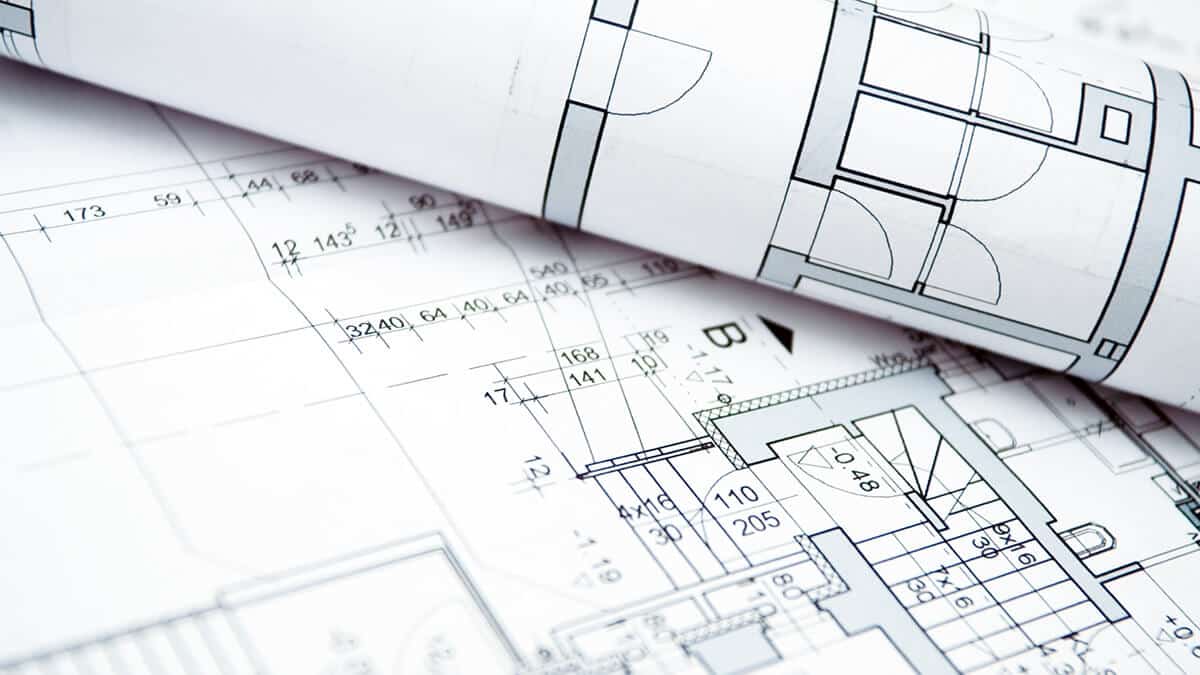In this guide
- The three pillars
- One home many functions
- Asset rich, income poor
- Super gap is closing too slowly for some
- No such thing as a standard retirement
- Unlocking housing wealth
- Tighter regulation of reverse mortgages
- Growing awareness of equity release
- Strategies for home equity release
- Missing links in retirement income system
- The bottom line
Retirement planning often begins and ends with a discussion about how much super you have and whether it’s enough. While super is important, it’s not the only source of income and support in retirement.
If you’re reading this at home, the missing piece of your retirement income conundrum could be closer than you think. You’re sitting in it.
The three pillars
Australia’s retirement system is underpinned by three potential sources of income, or three pillars:
- A means-tested Age Pension
- Compulsory superannuation
- Voluntary savings inside and outside super.
However, the government’s 2020 Retirement Income Review explicitly included home ownership as part of the third pillar. That is, a form of savings.
Join SuperGuide to continue
Take the first step to a better retirement
Join thousands of Australians making their retirement goals a reality
- Step-by-step guides help you plan and take action
- Simple changes can make a big difference to your super balance
- Calculators, case studies and Q&As give you greater confidence
- Make sure your super is performing and lasts longer



Leave a Reply
You must be logged in to post a comment.